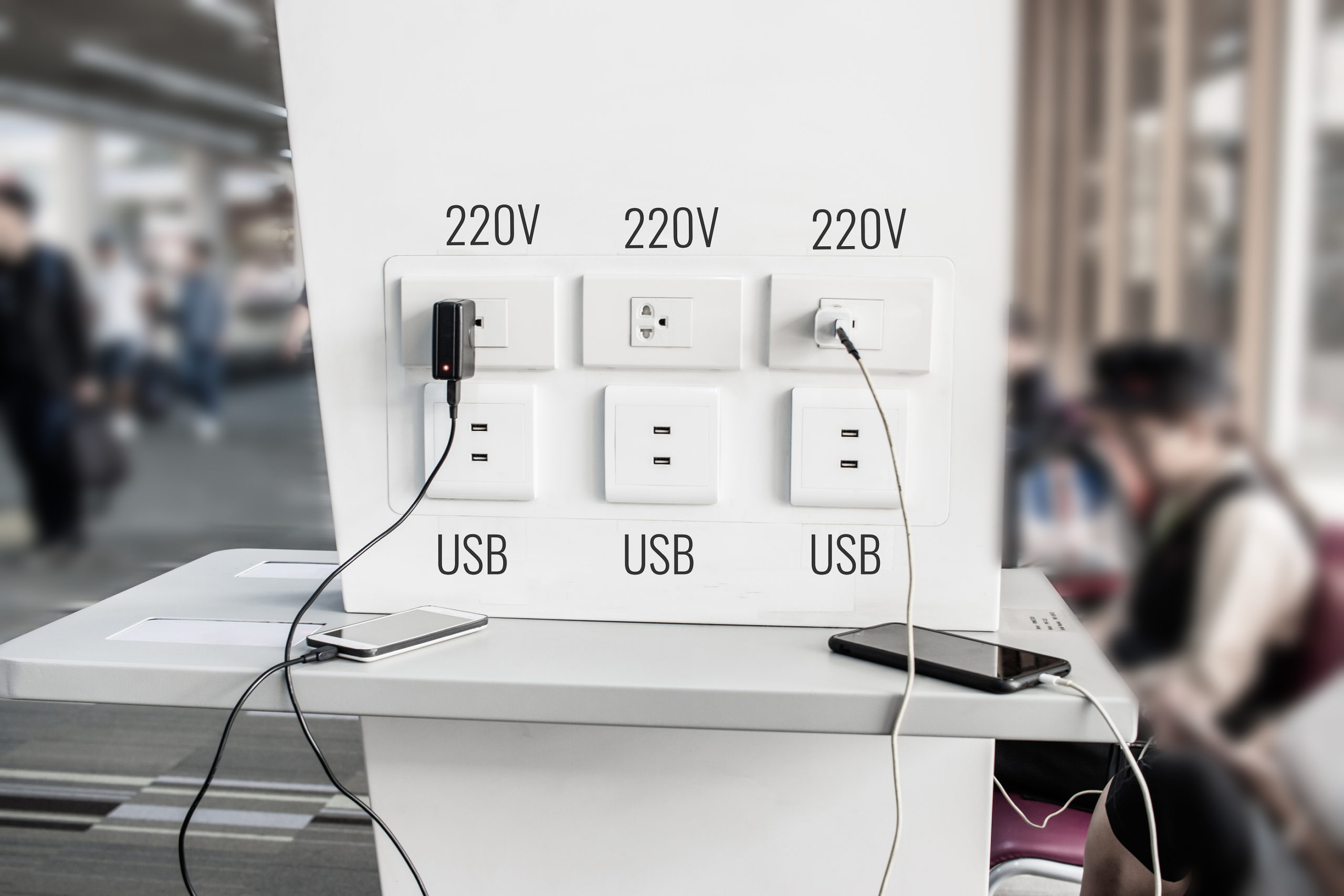To my Fellow Americans:
We just got back from a trip abroad. We were happy to return to the United States after a two-week absence, and were looking forward to enjoying hot showers, American-style air conditioning, a washer and dryer, a true cheeseburger, and all of the other comforts of home. But when we landed in Chicago and got in the frustratingly long and hot U.S. passport customs line at O’Hare, we couldn’t help feeling a sense of embarrassment. That sense of embarrassment grew as we moved through the terminals for domestic flights to get to our connection.
At the airports we passed through in Turkey and Greece, we saw trim, well-dressed people heading to their planes. Some of those foreign travelers would have comfortably complied with American “business casual” standards, and many were aiming a few notches above that on the haute couture scale. It’s obvious that the Euros take travel seriously and dress accordingly. But when we got to America, we saw outfits that the European travelers would never dream of wearing on a travel day–or probably anywhere in public. We saw lots of sweat pants, ratty t-shirts, drawstring shorts, pajama bottoms, sleeveless shirts on old guys, and cheap flip-flops and Crocs. It was jarring and, frankly, mortifying. I could only imagine what a foreign national would think about some of the slovenly outfits sported by the Americans they saw at one of our country’s largest, busiest airports.
We’ve all seen those lists that rank countries in terms of things like economic opportunity, personal freedom, happiness, and so forth. I’m afraid that if they had a list that ranked air travelers in terms of their attire, our beloved country would come in dead last.
Many Americans clearly have put their own comfort over style, and apparently don’t care if they look like slobs when compared to the natty European travelers. But I’m appealing here to patriotism. Given the ubiquity of air travel and the constant movement of people by air around the globe, whenever you go to any U.S. airport you are likely to be seen by one of more travelers from abroad. Can you at least consider that in deciding what to wear, and think about how your outfit and personal appearance might create unflattering perceptions about our country in the minds of foreign travelers?
I’m not saying people need to wear suits and dresses on airline flights. Instead, I’m asking for a travel dress code that mirrors the “business casual” standard that applies in most American businesses. I’m talking about things like shirts with sleeves and collars for men. Long pants that require a belt. Shoes that aren’t made of plastic. And, perhaps, the occasional sport coat.
We can do this, fellow Americans! We can up our game!
Respectfully,
An Embarrassed American Traveler











